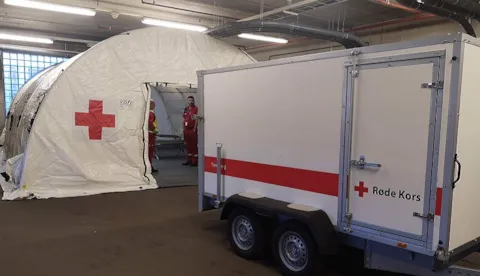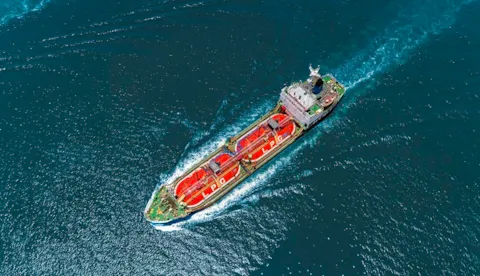The ESG project
Commodity producers and vessel charterers are increasingly aware of the need to reduce and report on Scope 3 greenhouse gas (GHG) emissions occurring in their value chains.
Encouraged also by a growing client demand for increased Scope 3 reporting and transparency, one of the world’s largest commodity producers, BHP, set an ambitious strategy to achieve net zero Scope 3 emissions by 2050. To reach this goal, BHP partnered up with DNV to utilize DNV’s independent cloud platform, Veracity, to enable timely and accurate greenhouse gas (GHG) emissions reporting, management, and insights from all of BHP’s chartered vessels.
Scope 3 emissions – a blind spot?
For many companies, a significant share of GHG emissions associated with their businesses occur within their value chains and can represent a blind spot when it comes to holistic emissions reporting. But if these emissions can be measured, they can be managed and, crucially, reduced.
When BHP decided to set itself a goal to pursue net zero Scope 3 emissions by 2050, it created a new need for visibility and quality assurance of GHG emissions data from their value chain. The services provided by DNV provide BHP with a trusted overview of everything from the GHG emissions footprint of its maritime freight operations to technical guidance on aspects of its Scope 3 GHG emissions reduction strategy. It also enables production of trusted Scope 3 GHG emission reports as required for BHP’s external reporting.
Data availability and quality – common challenges
Many commodity producers and charterers face the same challenges as BHP with regards to data availability and quality, including the need for a holistic approach to strategies for Scope 3 emission reduction.
However, creating more sustainable products and value chains, and delivering greater transparency to customers and other stakeholders though data-driven reporting, generates new requirements when it comes to trust in data, data standardization and access to data. In addition, many organizations will need to fill in the gaps, where data is unobtainable or of insufficient quality.
Through its vast maritime database, sophisticated data models and maritime domain expertise, DNV uses analytics models to predict the data that is missing, enabling customers to create a complete, transparent, and trustworthy report on Scope 3 GHG emissions from their maritime transports.
What are Scope 1, 2 and 3 according to the GHG Protocol?
- Scope 1 emissions are direct emissions from owned or controlled sources.
- Scope 2 emissions are indirect emissions from the generation of purchased energy.
- Scope 3 emissions are all indirect emissions (not included in scope 2) that occur in the value chain of the reporting company, including both upstream and downstream emissions.
Explore more business cases:

The Red Cross’ climate accounts
See the story of how, with DNV’s help, The Norwegian Red Cross are establishing their climate accounting and bringing their ESG strategy to life.

Lerøy Seafood's green finance framework
See how DNV performed a comprehensive assessment of Lerøy Seefood’s green finance framework, drawing on our expertise within aquaculture, energy systems, maritime and circular economy.

Elekta's ESG metrics for sustainable finance
See how DNV assessed the sustainability-linked bond framework that Elekta developed in cooperation with Danske Bank.

Frontline’s ESG data
Facts speak louder than words. See how DNV’s digital solutions are helping tanker operator Frontline to streamline the way it gathers and manages precious efficiency data.